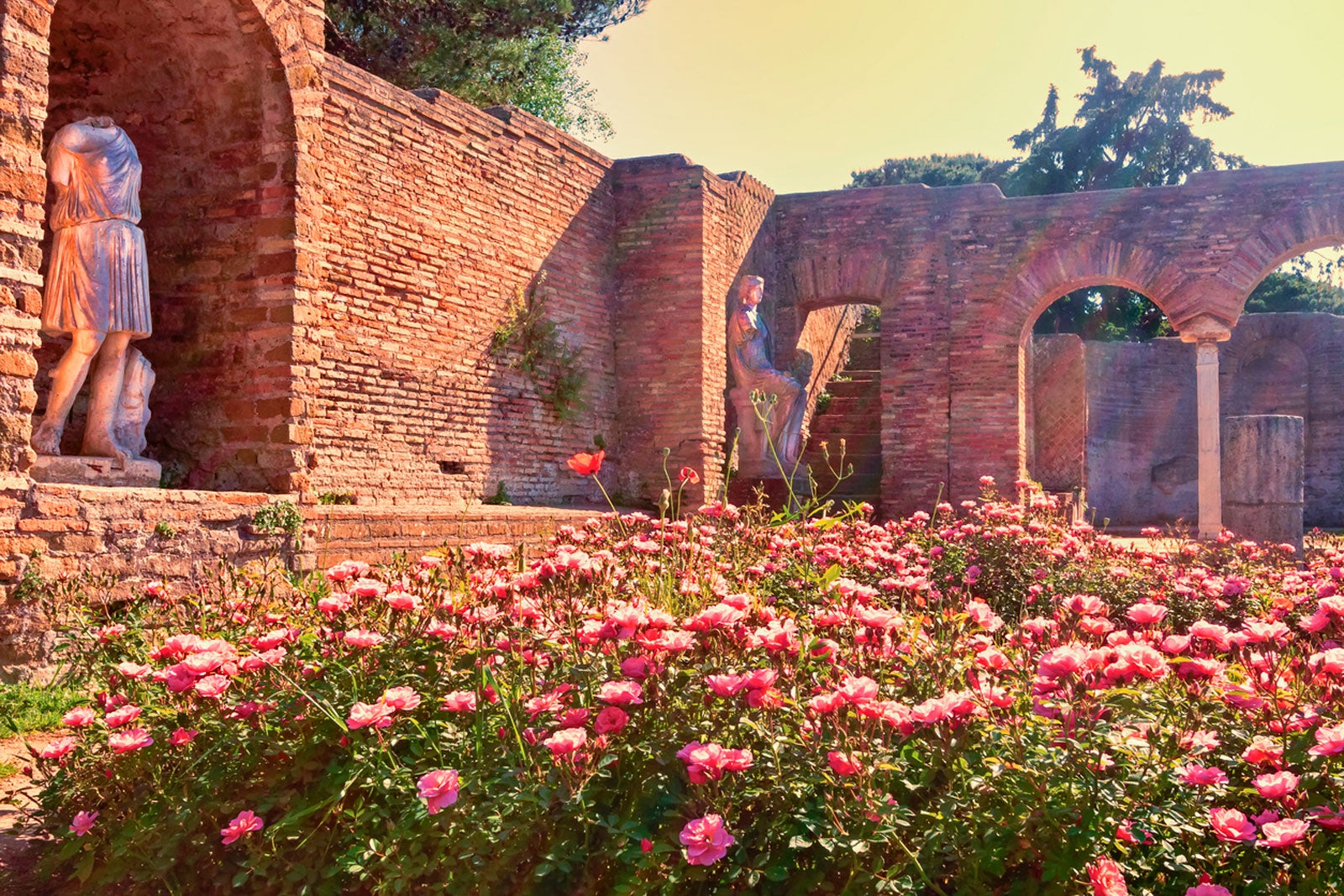Greek And Roman Gardens: How To Grow An Ancient Inspired Garden


With the hectic pace of today’s world, thinking about the ancient Greek and Roman gardens instantly brings about a soothing, relaxing feeling. Bubbling water in the fountain, genteel statuary and topiary, warm fragrance wafting across the marble patio and manicured gardens are the sights and smells of the old world. However, the design elements continue today — the classic lines and symmetry will never go out of style.
Elements of classical garden design can be easily incorporated into anyone’s garden. Take a cue from these Greek and Roman distinctive features and make them your own.
How to Grow an Ancient Inspired Garden
The gardens of ancient Roman villas centered on pleasure gardens where they could relax and entertain. Guests were treated to remarkable views and visual elements. Greek contributions to design included symmetry and balance. The clean lines of old-world style were based on simplicity.
A visual line drew the eye from the house out into the garden to a special sculpture or water feature, with balance and symmetry on either side using geometric shapes, topiary, hedging, pyramidal trees, and statuary for a very formal look.
Here are examples of Roman and Greek style to inspire your creativity.
Gardens of Ancient Rome
- Fountains were often the central feature of a garden, which brought life to the straight lines and geometric shapes of the gardens.
- Topiary became the predominant pruning style, showcased in containers, featuring standard evergreens and shaped boxwoods.
- Kitchen gardens flanked the courtyard with herbs and shrubs such as rosemary, oregano, thyme, roses, myrtle, sweet bay, and peonies.
- Freestanding architecture of stone or concrete columns were integral within arbors and entrances.
- Pyramidal cypress and yew contributed clean, bold statements.
- Romans grew fruit trees and grapevines. The common olive tree is a well-known icon of the old world.
Formal Greek Gardens
- Whitewashed structures formed a cooling backdrop to the harsh sun.
- Many Greeks didn’t have their own gardens and filled the streets with pottery containing herbs and native plants.
- Symmetry was a design hallmark of the Greeks in how plant material and hardscape joined to create balance.
- Bougainvillea vines made a bold contrast to the whitewashed backgrounds.
- Greeks created shaded areas with ivy vines for a cooling spot to rest in the hottest months.
- Citrus trees were a must in Mediterranean climates.
The ancient gardens of Rome and Greece bring inspiration to gardeners everywhere and can add old-world charm to contemporary landscapes.
Sign up for the Gardening Know How newsletter today and receive a free copy of our e-book "How to Grow Delicious Tomatoes".

After graduating from Oklahoma State University with a degree in English, Susan pursued a career in communications. In addition, she wrote garden articles for magazines and authored a newspaper gardening column for many years. She contributed South-Central regional gardening columns for four years to Lowes.com. While living in Oklahoma, she served as a master gardener for 17 years.